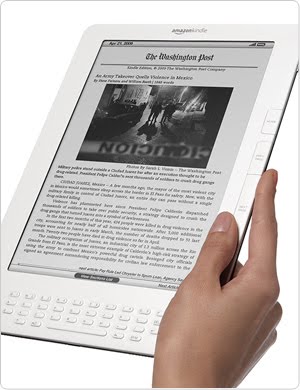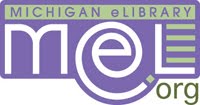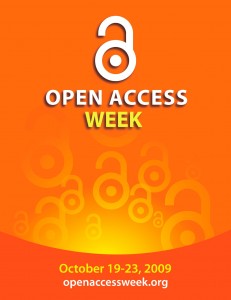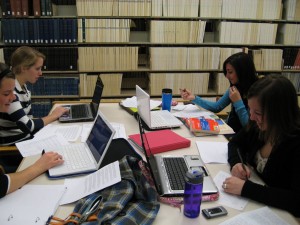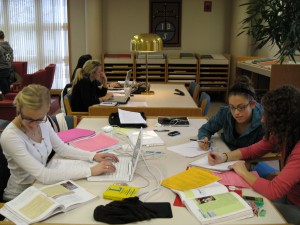We know that for many of you entering Hope College this fall, using a library for research has not been a part of your past experience. And in the age of Google, Facebook, YouTube and Pinterest we have a pretty good idea why this is so. So what can we offer you when you ask “Why the Library?”
When you find yourself finally settled into some corner of a library, as you begin to engage with the ideas flowing from a book, a journal, or from your own pen, you will find that your mind clears. Surrounded by quiet, you find that the atmosphere in a library gives you permission to shut out worries and demands of your daily life, and that you can think. You find that you are able to concentrate in a way that you cannot in other places. You have permission to engage fully with the ideas in front of you and you find more clarity in your own thoughts.
When you walk between the book stacks in the library, you are walking among conversations handed down over centuries. Conversations of great men and women, and also those of misguided purpose, sit together on shelves in constant discussion. Conversations of those with whom you agree and those with whom you disagree await your examination. Sitting amongst this noisy conversation, you have the opportunity to discern your own truth, perhaps a truth that did not previously exist for you. Creative expression, that which makes us most human, is preserved among the shelves; literature, poetry, dance, visual arts and music are there to be experienced and explored. The greatest scientific discoveries, emerging from the sweat of years of research, building upon the trial and error of those who have gone before them, live in the texts of scholarly journals.
We all recognize that libraries now exist in two realms, the physical and the virtual. The virtual library – electronic books, journals, reference sources, and databases of digital print, audio and image files – make library research efficient, convenient and, in some ways, easier than in the past. The materials found in virtual libraries, however, are just beginning to become visible through search engines like Google. Most virtual library material is contained within library electronic collections that must be searched using a database interface. Because the research shows that young adults do not find using library databases intuitive, we have provided a single search box layered on top of these collections to make searching library collections intuitive. You may still need a guiding hand though, and librarians are here to be that guide. Librarians teach people how to ask good questions, find a good research topic, which electronic resources will be best for a particular need, how to navigate the interfaces, how to think about search results, how to get to the content, and how to avoid plagiarism.
Just as the technology of finding information has changed, so have the ways in which students learn. We now know that learning happens in community. In addition to reading, students spend much of their time creating, exploring, communicating and collaborating. Libraries have responded to these shifts by providing a supportive environment that nurtures these activities, integrating content with technology and services. Going beyond what is learned in a classroom by further exploring, internalizing and challenging, requires curiosity, a thirst to know more. The best library cannot instill that in our students alone. But we hope when that thirst appears, what we provide will satisfy.
Over time the ways in which scholarly information is communicated and how and where it is accessed will evolve. Libraries will adapt and provide new tools, methods and services for our students. For now, you just need to know that the library is here to help you succeed and that is reason enough when someone asks, “why the library?”
— Kelly Jacobsma
Director of Libraries


